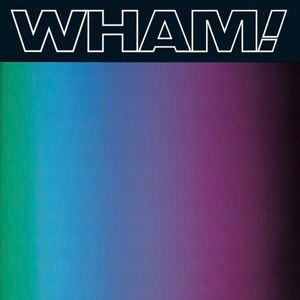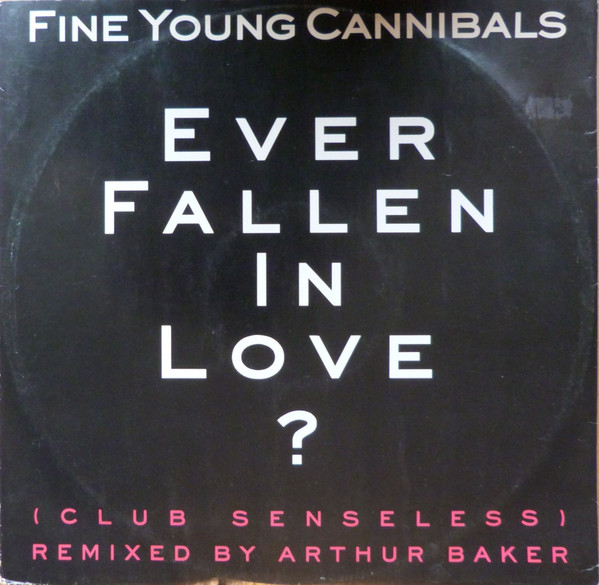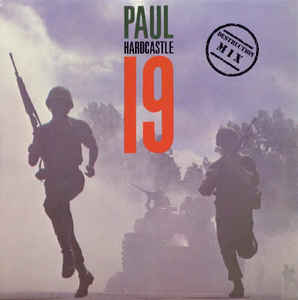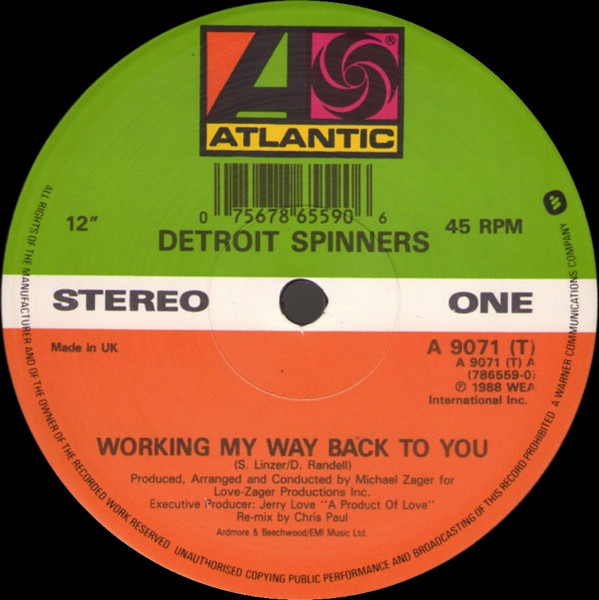Chart Number
49
This is number 49 in my occasional series of 12″ records from the 80s that had an effect on my life.
Originally released in March of 1983 as the first single for the subsequent album of the same name the full length (album) version of this track was one of the defining turning points/ moments for several of the recording personnel.
Let’s look at some of the people involved in this recording … David Bowie play no instruments on this at all, Nile Rodgers came out of Chic hibernation to co-produce one of his first outside artists, a then unknown Stevie Ray Vaughan played guitars, Bob Clearmountain honed his engineering skills on the desk, and in rigging the microphones – this was one of the first records to use “gated” snare drum sounds, Nile also recruited most of his Chic band members to assist.
And what a sound they created. Swooping gated drums, memorable bass pattern, cheeky brass, and Stevie’s sublime guitar work all meld into a massive melting pot of sound.
Massively popular on it’s release, it reached number 1 in several territories, including the UK and USA, and indeed was the 4th biggest selling single in the UK in 1983. It’s legacy has been profound and wide.
The song marked a departure from Bowie’s previous work, which had been heavily influenced by avant-garde and electronic music. Instead, “Let’s Dance” showcased a more pop-friendly sound, incorporating elements of funk and dance music.
The song was produced by Nile Rodgers, who had previously worked with acts like Chic and Madonna. With its catchy, upbeat melody and irresistible rhythm, “Let’s Dance” quickly became one of Bowie’s most successful singles, reaching the top of the charts in several countries and earning widespread critical acclaim.
The accompanying music video for “Let’s Dance” was also a huge hit, featuring Bowie performing in a field with Native American dancers and incorporating themes of cultural appropriation and social commentary. The video was widely praised for its creative and visually striking style, and helped to further solidify Bowie’s status as a pop icon.
Despite its initial commercial success, “Let’s Dance” is often seen as a turning point in Bowie’s career, marking a shift towards a more mainstream, pop-oriented sound that some fans and critics view as a departure from his earlier, more experimental work. However, the song remains one of Bowie’s best-known and beloved tracks, and continues to be a staple of dance floors and radio playlists around the world.
I present for you below, the awesomeness of Bowie’s “dance” phase, in all it’s glory…




![109625145[1] Kim Wilde – Cambodia + Reprise](https://www.1pcd.com/wp-content/uploads/2021/01/1096251451.jpg)
